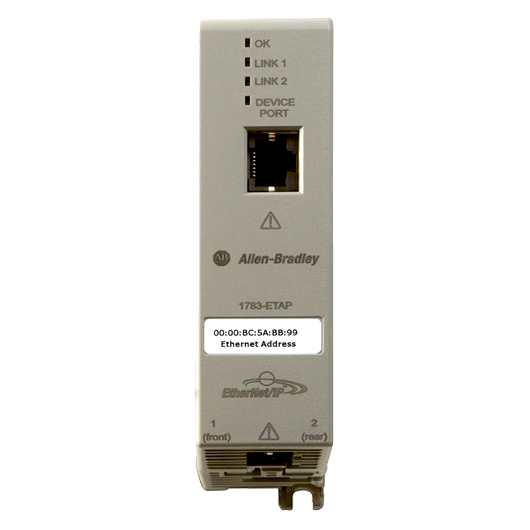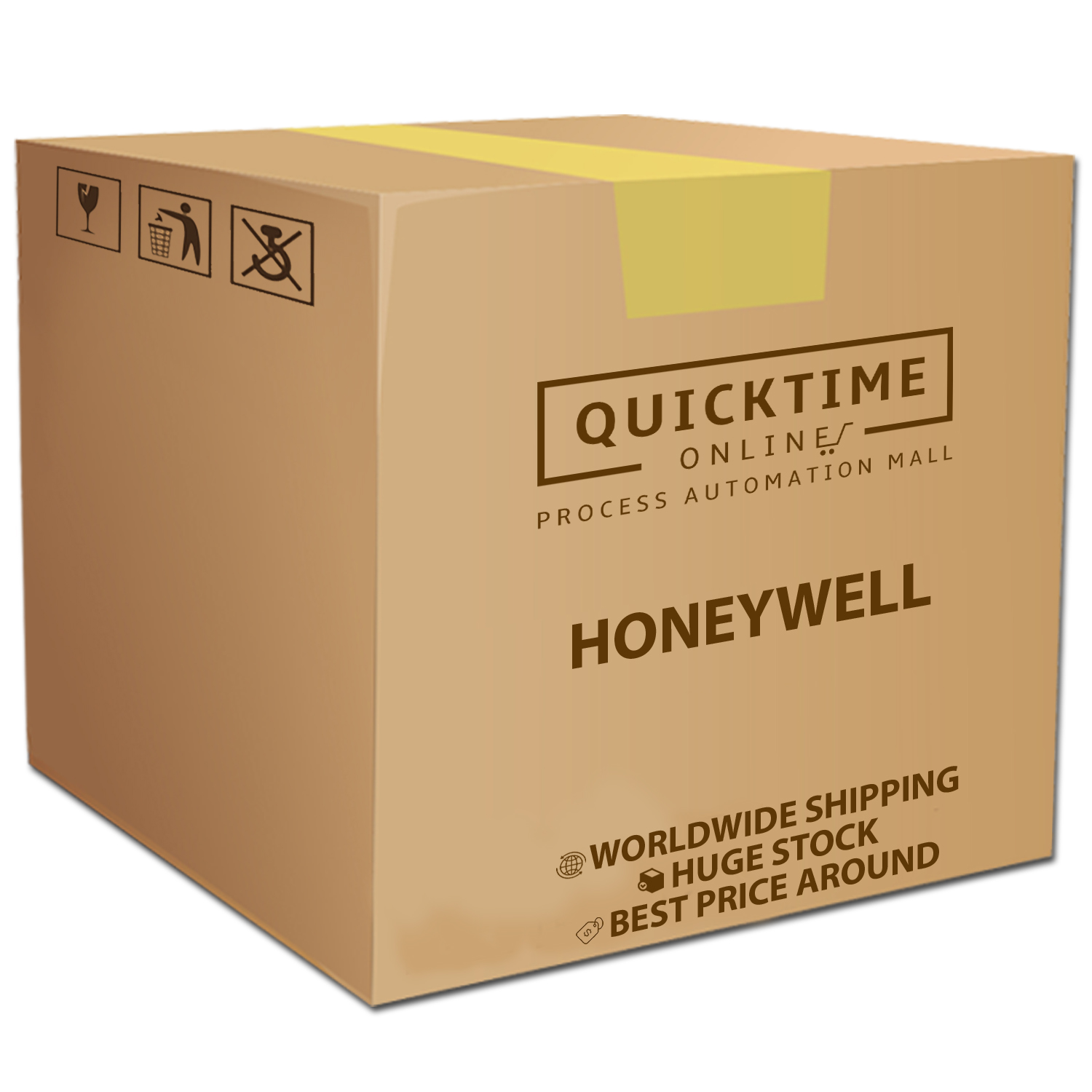The ProLinx Modbus Plus to Modbus Master/Slave Gateway creates a powerful connection between devices on a Modbus Plus network and Modbus devices. This stand-alone DIN-rail mounted protocol gateway provides one Modbus Plus port and up to four Modbus enabled serial ports.
The Modbus Plus protocol driver supports both Master and Slave implementations of the protocol on the DB9 Female Modbus Plus port. The Modbus Plus port is fully configurable.
The Modbus protocol driver supports Master and Slave implementations of the protocol. All Modbus serial ports are individually configurable, providing a very powerful and flexible host or device interface solution.
Features and Benefits
Applications
The MBP-MCM modules are the ideal solution for the many applications where Modbus Plus connectivity can be used to integrate Modbus devices into a system. The Modbus Plus gateway is a powerful module designed with both Client and Server support, enabling easy connection to Rockwell Automation PLCs (CLX, SLC, PLC, CPLX, and similar devices). In combination with the Modbus device support, the module provides a very powerful interface to the many ASCII devices which are in use in the industrial marketplace today. Applications for the module are found in most industries, especially Manufacturing, Oil and Gas, Electrical Power and Food Processing.
Specifications
Internal Database
The ProLinx module contains an internal database that consists of areas for application data, status information, and configuration information.
The internal database is shared between all ports on the module and is used as a conduit to pass information from a device on one network to one or more devices on another network.
Application Data Area
The data area is used to store and retrieve data by the protocol drivers and for data exchange between protocols. The database is used as a source for write commands to remote devices and holds data collected from the remote devices. Commands defined in the configuration file (stored in the configuration data area) control how the data is to be handled in the database.
Status Data Area
This area is used to store error codes, counters, and port status information for each port.
Configuration Data Area
This area contains module configuration information such as port configuration, network information, and command configuration. This configuration file is downloaded to, or uploaded from, this area.













 Customer Service
Customer Service